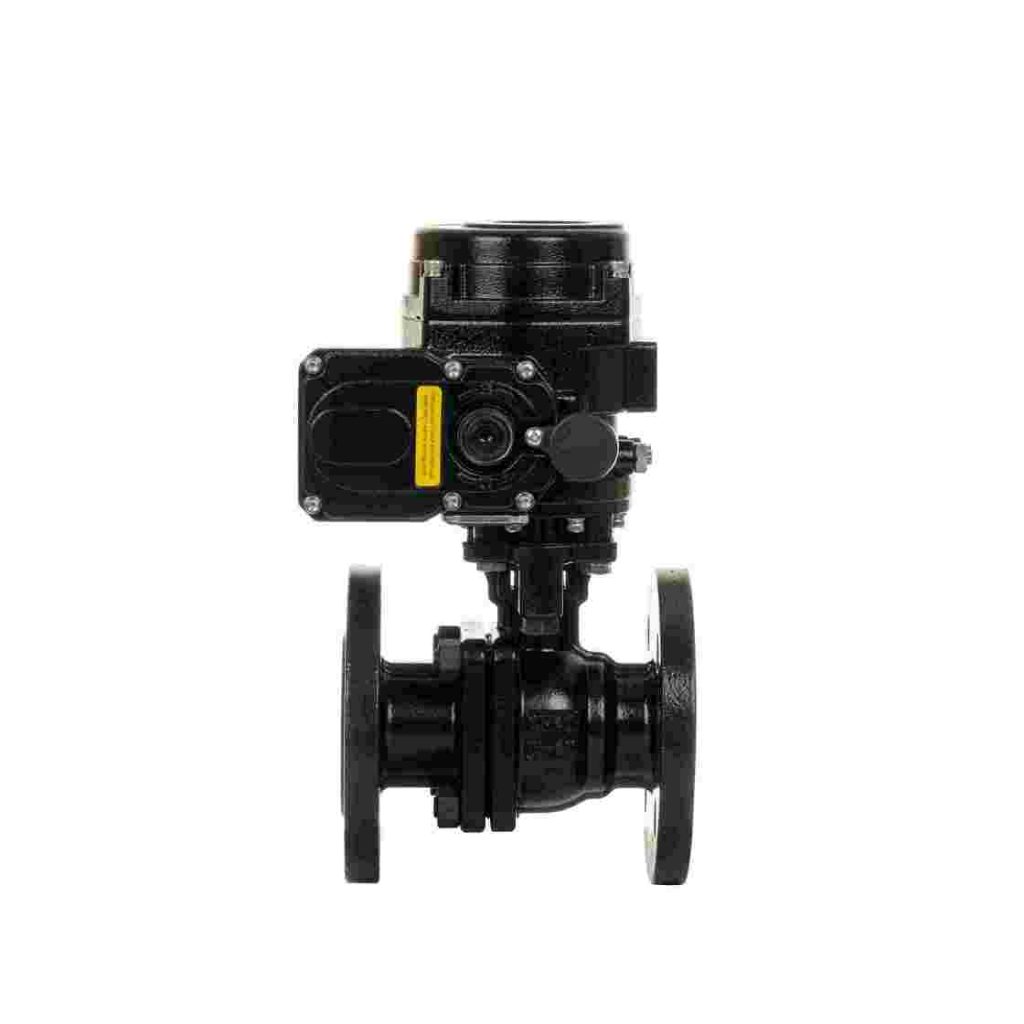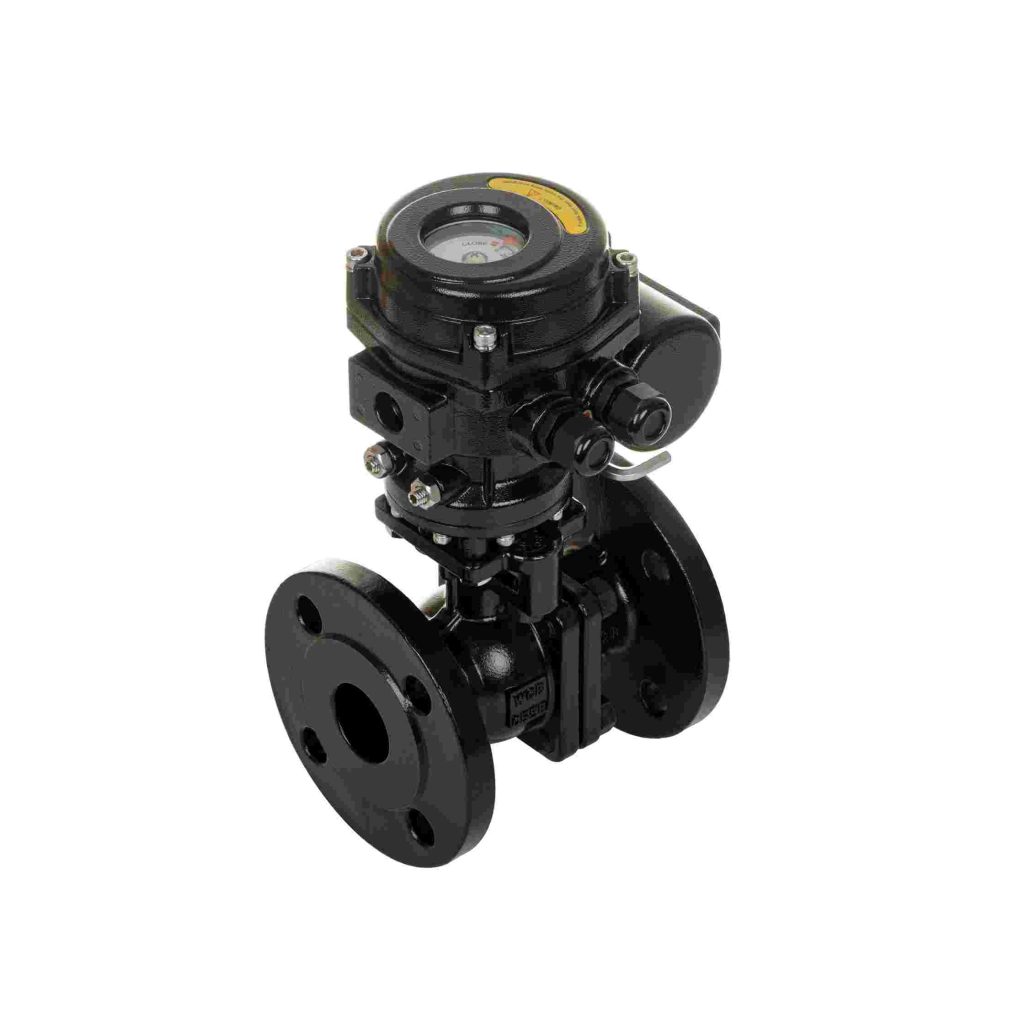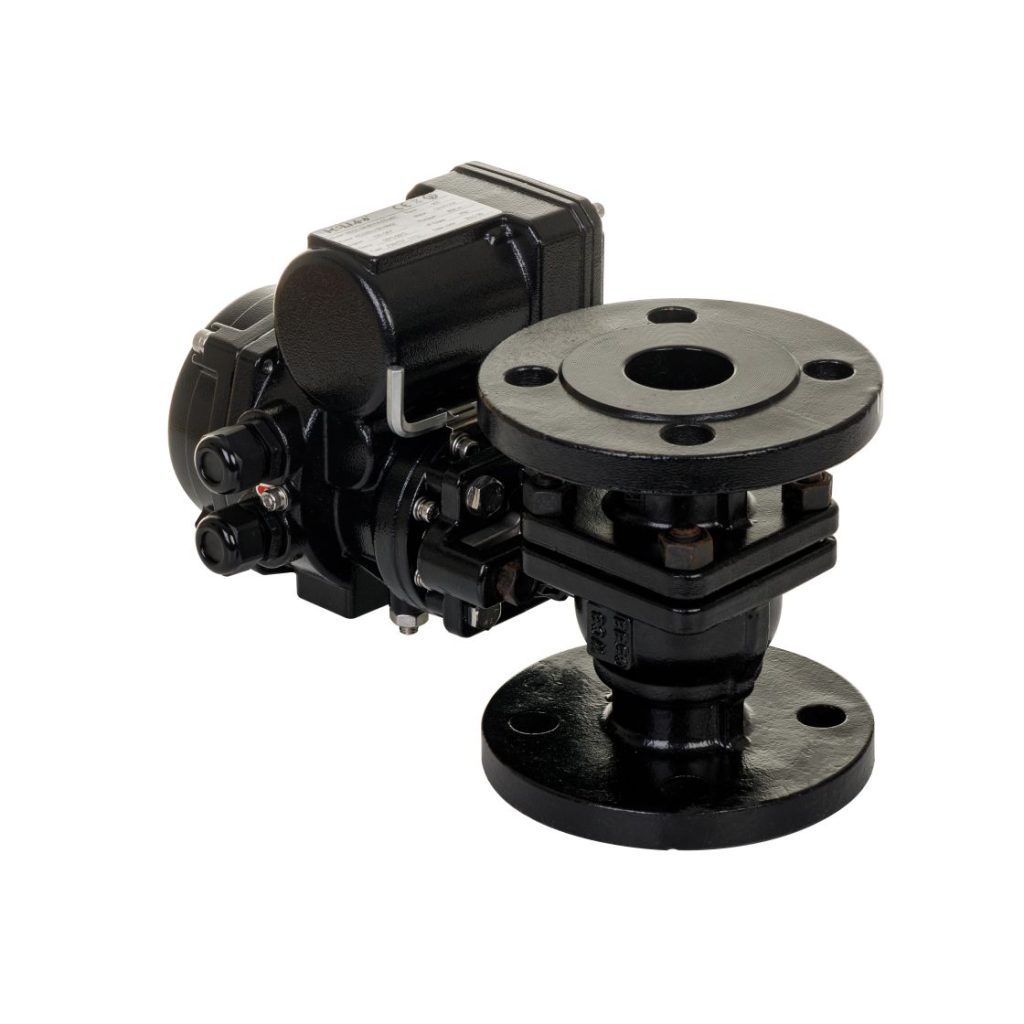Hydrogen energy is emerging as a clean and sustainable energy source, especially in sectors like transportation, industry, and energy production. As the demand for hydrogen increases, the need for efficient and reliable systems to handle and distribute this gas becomes more critical. One of the essential components in hydrogen systems is the Hydrogen Energy Electric Flange Ball Valve, which plays a pivotal role in regulating hydrogen flow while ensuring safety and operational efficiency.

What is a Hydrogen Energy Electric Flange Ball Valve?

A Hydrogen Energy Electric Flange Ball Valve is a type of ball valve used specifically in hydrogen energy applications to control the flow of hydrogen gas. It features a flanged connection for secure integration into pipelines and a ball valve mechanism for regulating flow. The valve is operated using an electric actuator, which allows for automated and precise control over the valve’s operation. This combination of design features makes the valve an essential part of modern hydrogen distribution systems. Key Components and Features Flanged Connection: The flanged connection is a common method of attachment in industrial applications. It involves bolting the valve to the pipeline using flanges, ensuring a tight, secure, and leak-proof seal. This is particularly important in high-pressure systems where hydrogen is transported, as even a small leak could be hazardous.
